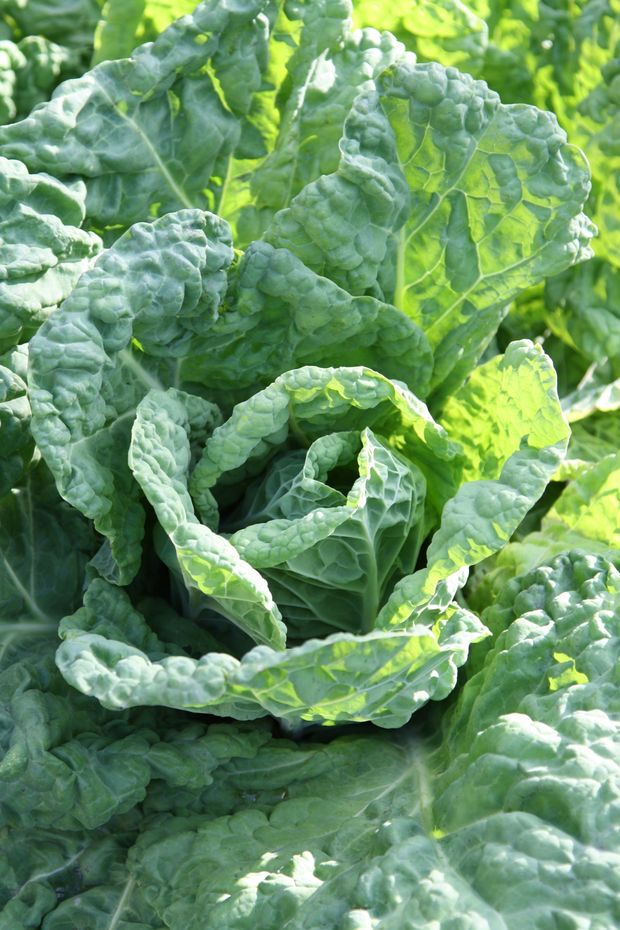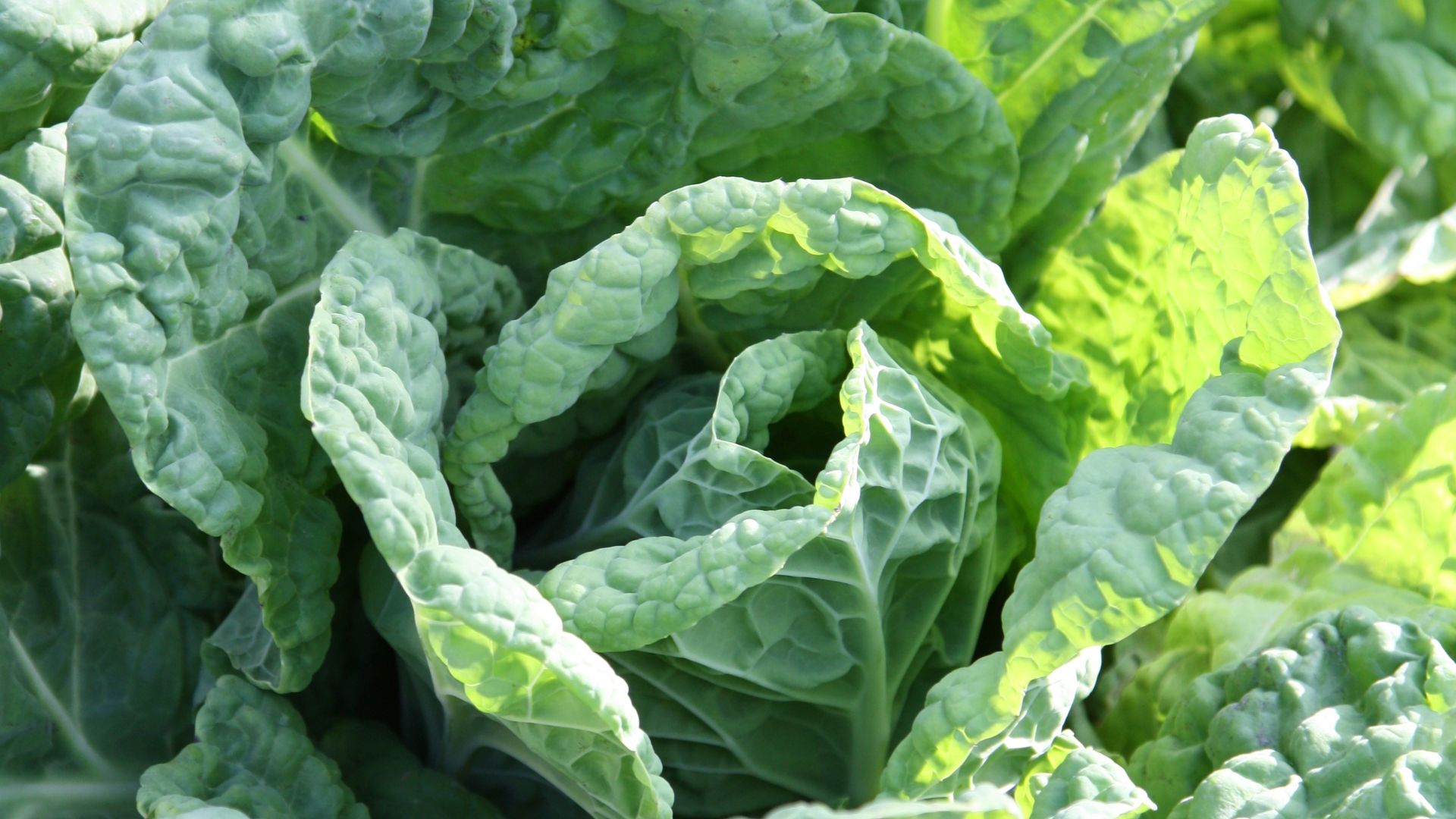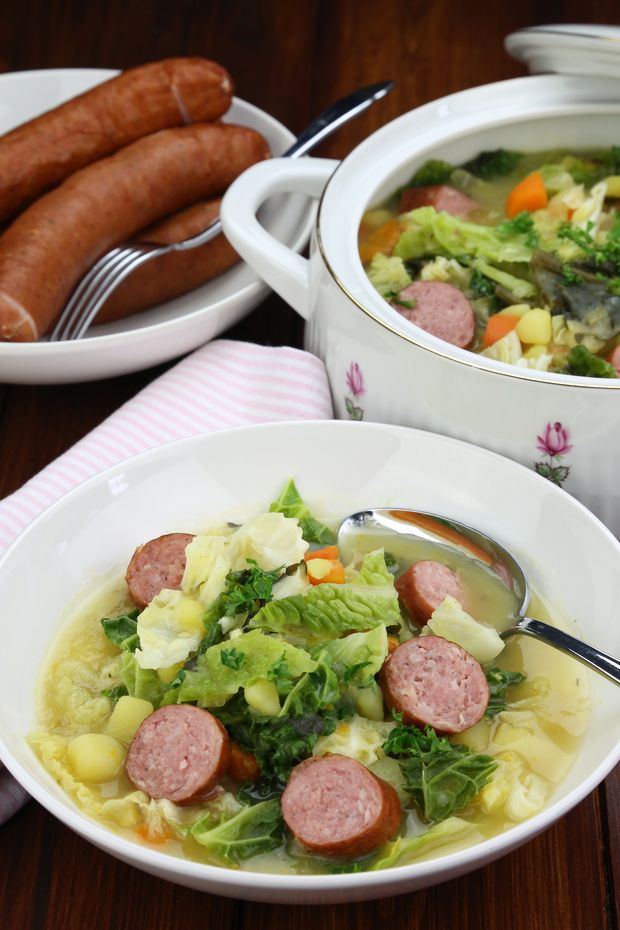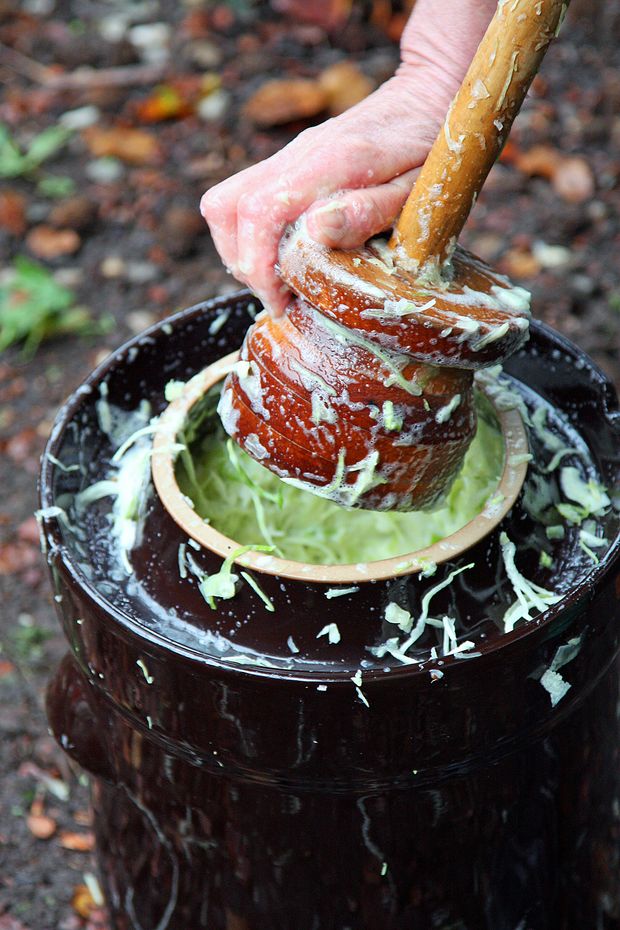Bergisch Butterkohl
 © Ira Schneider
© Ira Schneider
The Bergisch Butterkohl is an old cabbage variety that used to be found in every Bergisch home garden. Its leaves are reminiscent of savoy cabbage, but are looser and smoother. Only a few hobby gardeners and farmers still grow the tasty, elongated head cabbage with the green-golden leaves.
Forgotten
Precisely because of its tender leaves, which earned it the name butter cabbage, the cabbage head is not well suited for transport and storage. With the advent of supermarkets and frozen food, it has therefore fallen into oblivion. And even the seeds were no longer available from 2004 onwards, which attracted the Bergisch Gartenarche to the scene. Thanks to their research, the Bergische Initiative for the Preservation of Plant Diversity was able to locate old seeds and thus contribute to the preservation of butter cabbage in the Bergisch Land.
Buttery enjoyment with harvest advantage
The mild cabbage can already be harvested leaf by leaf from early summer without having to cut off the entire cabbage head. Over a long period of time, you can spice up meals such as vegetable soups or entremets with the tasty vegetable. Buttered cabbage with bacon and a roux or cabbage stews with mead sausage are considered to be old bergisch.



